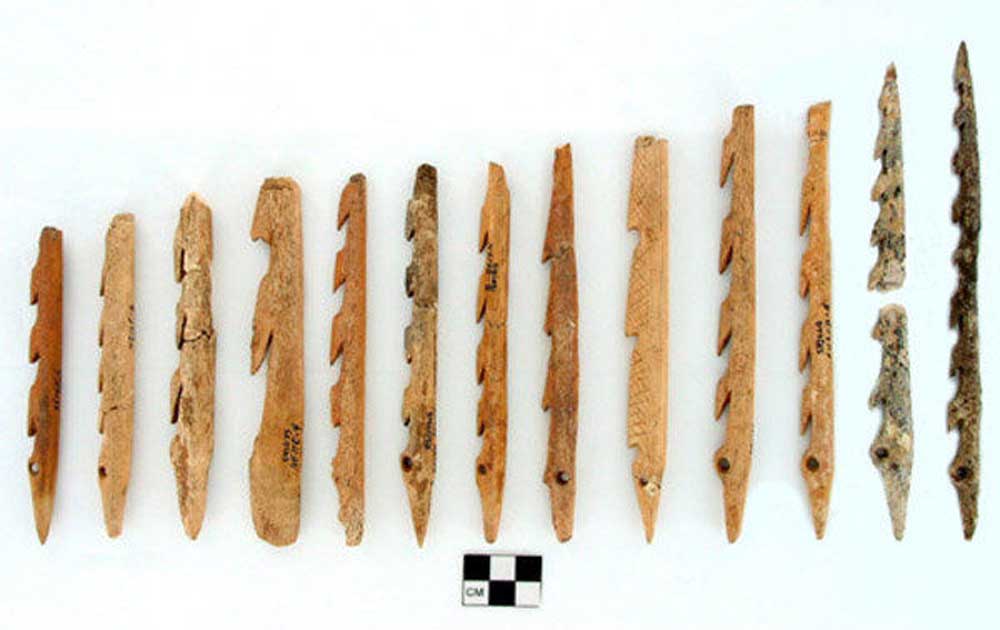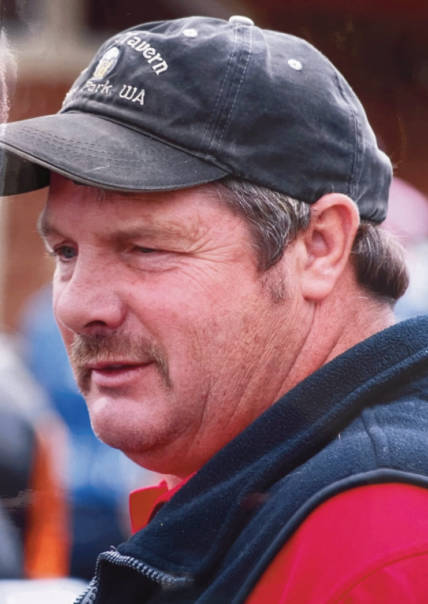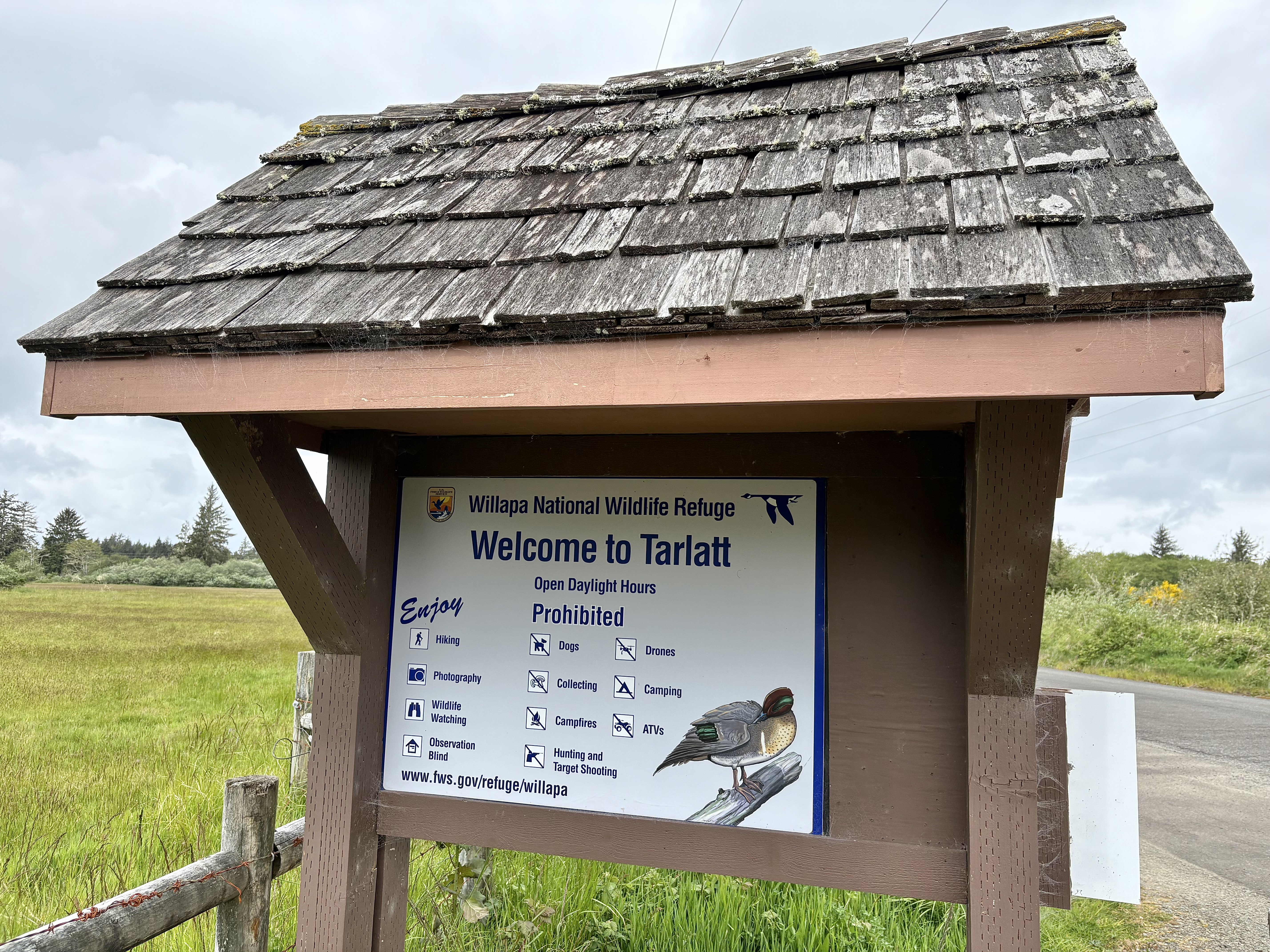Editor’s Notebook: Have the humpbacks forgiven us our trespasses?
Published 12:26 pm Thursday, September 1, 2016

- SMITHSONIAN INSTITUTION These bone darts from an archaeological site in Seaside have been cited as evidence for whale hunting by Clatsop Indians in the time before European settlement.
Whales pirouetting out of the Columbia like Winnebago-size trout make some of my friends think of Moses and the Egyptian plagues: Can locust storms and floods of frogs be far behind? They must be fleeing a ravaged ocean…
Trending
However, for most of us, these past two humpback summers have been good portents, an indication our river is so clean and bountiful it can feed friendly leviathans. And if they can tolerate being so near us, maybe we’re not so awful after all.
If humpbacks didn’t exist, our ancient storytellers would have made them up. Giant creatures with grooves in their vast gullets so as to swiftly slip through the sea, singing ethereal songs of freedom that endlessly echo through the black canyons of the fathomless deep — they are the stuff of wildest imagination.
Not all whales are so charismatic. I’ll be condemned as some kind of a heartless heretic, but gray whales strike me as being dull as dairy cows. We once took our daughter out in a Zodiak to visit some off the coast of Nayarit, mothers and calves fattening in warm Mexican waters before migrating north. Maybe, a season later, they swam by the black basalt headlands here where I walk the dog. At least with cattle in a field, there is a guttering little spark of curiosity — they’ll lumber over like dimwitted toddlers hoping for a magic trick. But the gray whales merely breathed in and out, their salty exhalations like the exhaust from some sleepy seaside cavern where enchanted sailors never awake.
Trending
Humpbacks now, what verve! Based on amateur videos the past couple weeks, you can imagine them giggling like underwater schoolgirls before rocketing into the air just beside or behind a flabbergasted Buoy 10 fisherman. Staid scientists always caution us to resist attaching human-like emotions to wild animals, but what else can this be but sheer joy of life? I’ve always wanted to be reborn as an otter, but the humpbacks are making me reconsider.
The Northeast Pacific is a bit of a mess, with a hangover the infamous “Blob” still making seawater warmer at depth than it ought to be. Last year, I and others wondered if conditions in the ocean might have denuded it of the nutritious little anchovies, herring and other fish that comprise an ever-moving feast for humpbacks, Chinook salmon and species nearer the apex of the food pyramid. And it’s conceivable that this situation did in fact nudge humpbacks into the river.
Here’s a more optimistic speculation: What if humpbacks historically used the expansive and usually quite salty Columbia estuary as habitat, but have only now recovered to something like a normal population? Might it be, I wonder, that the humpbacks we’re seeing now are hardy pioneers rediscovering a favorite old hunting ground last used by their great-great-grandparents in the time before rampant 19th century whaling drove them to the brink of extinction? Maybe humpbacks are perfectly normal here in a long-term sense.
Yankee whalers had a devastating impact on Pacific marine mammals, cleaning out one pocket of whales, seals and otters after another. Impacts multiplied after the great Northwest coast whaling grounds were discovered in 1838, according to “A History of the American Whale Fishery,” (1907) by Walter Sheldon Tower. When highly lucrative Arctic whaling began in 1848, whalers started to be based on this side of the continent, mostly out of California. With the arrival of railroads after the Civil War, San Francisco in effect became the nation’s whaling capital, as whale oil from the far north could be landed there and then quickly shipped by rail to the East.
(As an aside, the presence of Northern whaling ships led to the Pacific Coast’s only nautical involvement in the Civil War, when the CSS Shenandoah cruised into high Arctic waters, capturing many whalers. Unaware of Lee’s surrender on April 9, 1865, the Shenandoah fired the last shots of the war in the Bering Sea off the coast of Alaska between June 22 and 28, 1865.)
Smaller operations continued into the 20th century, including for example the American Pacific Whaling Co., which wintered in Meydenbauer Bay on Lake Washington, now part of Bellevue.
Locally, Bioproducts Inc. of Oregon whaled out of Warrenton, harvesting about 13 whales — including two humpbacks — between 1960 and 1965. The meat was sold to feed chickens and fur-farm mink. For reasons that are no longer easy to discern, NASA had some use for the oil in the Mercury space program, but most was sold to the Mt. Hood Soap Co.
The son of one participant recalled that ground whale meat tasted just like hamburger.
British Columbia whaling was winding down in the same period, but still amounted in 1959 to 369 fin whales, 259 sperm, 185 sei, 28 blue and 27 humpbacks — a total of 868.
All this suggests to me that any whale would have been a fool to come near humans for an awful long time. Luckily for us, they never mounted an effective counterattack.
On the U.S. West Coast, the Makah Tribe on the northwest tip of the Olympic Peninsula is best known for a whaling tradition, one which they’ve sought to revive in recent years as an essential attribute of their culture.
Here around the mouth of the Columbia, there is less of an oral recollection of whaling. Charles Cultee of Bay Center, one of the last handful of surviving native speakers of the Chinook language, in 1890 told ethnologist Franz Boas of whaling traditions. But they primarily appear to involve harvesting whales that became stranded on beaches or washed ashore still fresh enough to scavenge.
Among the Clatsop Tribe on the south side of the river, for instance, Cultee reported there was a routine practice of always carrying knives, carrying straps and mats to be ready in case a whale became available — suggesting it happened fairly often. A large piece of whale meat was valuable enough to trade for a blanket.
Sadly, it is easy imagine that local Indian populations had been so decimated that local whale-hunting practices had been forgotten before anyone sought their recollections.
In a 2014 paper for the University of Washington, Kayla Krantz wrote, “The archaeological site of Par-Tee in Seaside, Oregon has, over the course of excavations here in the 1960s-70s, yielded certain key finds and pieces of evidence leading to an interesting debate surrounding potential whale hunting at this site, a site located well beyond the location of other archaeologically known areas for indigenous whaling.”
Setting aside the amusing coincidence that a Seaside archaeological site is called “Par-Tee,” Krantz goes on to say, “The most compelling piece of evidence from the site, dubbed ‘a smoking gun’ by those enthusiastic about the idea that whaling was practiced in Oregon, is a humpback whale phalange deeply embedded with an elk bone point.” Analysis found the artifact dates between AD 650 and 950.
It is a heart-gripping idea to imagine taking to sea in small boats to hunt the largest creatures on the planet. Gentle they are, but not after being poked with a sharp object. This is of more than academic interest to me.
Whaling is an old family occupation for many New Englanders and old Northwesterners. John Webbe-Evered of Massachusetts Bay, my 12xgreat-grandfather, “pursuing a Whale, was caught in ye rope, twisted about his middle, & being drawn into ye sea, was drowned” in 1668. He should have stuck with his previous prey. In 1642, he was “an active man, with his company … gone with commission from the Bay to get seahorse [walrus] teeth and oyle” on the Isle of Sable 190 miles southeast of Halifax, Nova Scotia.
He is at least remembered. On this haunted coast where ancient civilizations fell to European germs, the savage waves alone record heroic annals of bravery.
Or maybe the whales remember, too, and have returned to the Columbia’s sheltered waters to forgive us our trespasses.
— M.S.W.
Matt Winters is editor and publisher of the Chinook Observer and Coast River Business Journal.









